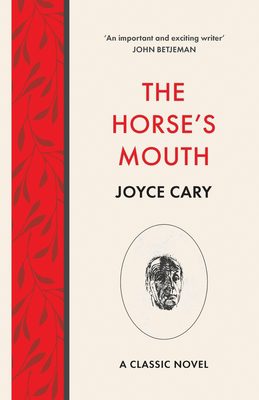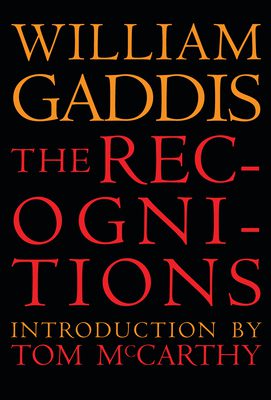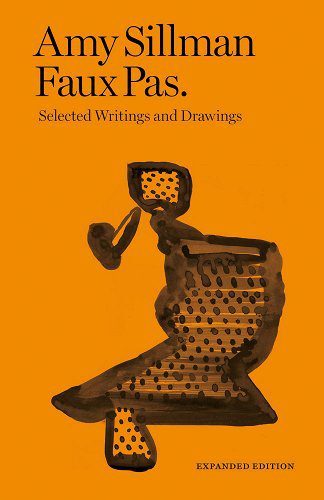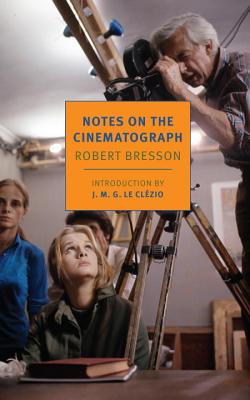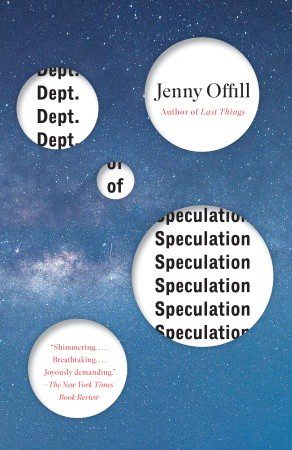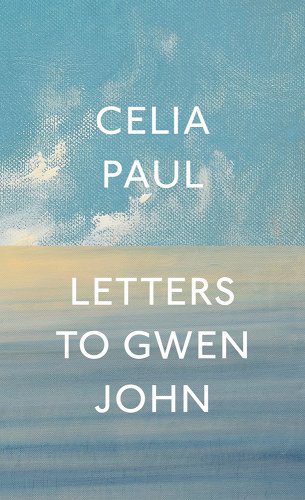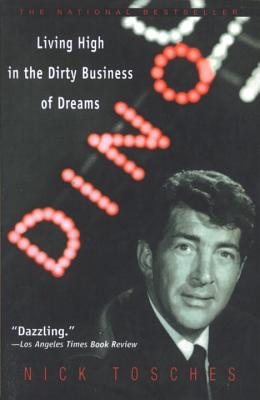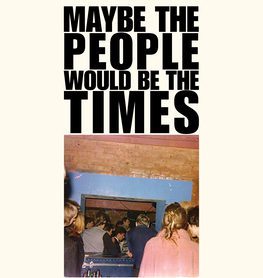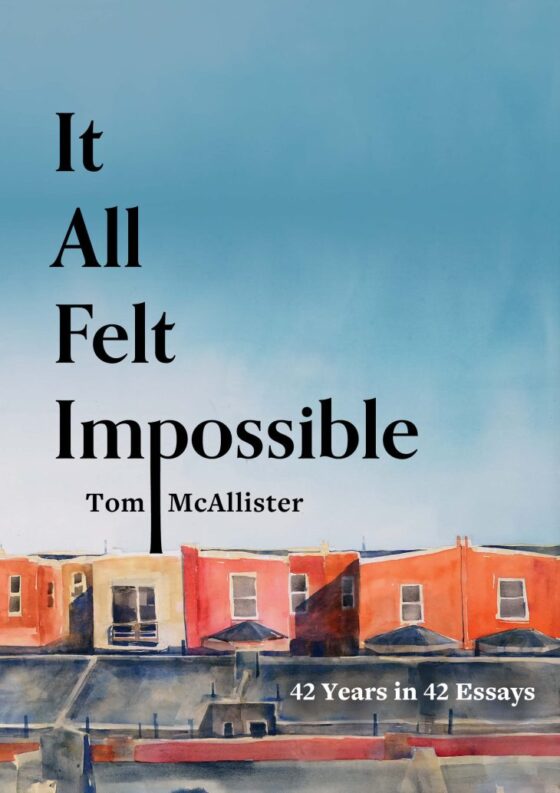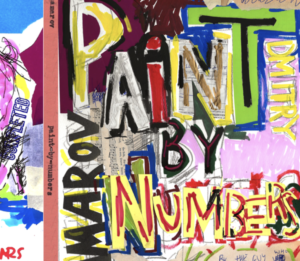
My new book, paint-by-numbers, is an attempt to make sense of experiences I had over the years with people in the art world. I sat on some of this stuff for decades, waiting until the right form in which to share these stories occurred to me.
During COVID lockdown I pivoted from perceptual painting to collage work. Unable to go outside into public spaces for my motifs, I looked to my archive of artwork, correspondence, homework, and ephemera to fashion a new way of working. The new approach began to bleed into my writing projects as well.
This book includes letters, email, text messages, collage, essays, and other forms of writing that add up to a fractured narrative about fame, success, and what it means to make a life in art. Here are ten books that inspired and informed this project.
***
The Horse’s Mouth by Joyce Cary
Perhaps the best novel about a painter’s life that I’ve ever read. Gully Jimson is an indelible character. Sure it’s a romantic and exaggerated version of the well-worn starving bohemian artist but the whole thing is done tongue-in-cheek and it’s hard not to root for the guy no matter how awful he is to those around him. I don’t know if Jimson would be an an inspiration to a young artist starting out today or send them running away screaming. It’d be interesting to find out.
The Recognitions by William Gaddis
Gaddis is one of my favorite writers. He tackles giant edifices in his novels and in this, his first, he tackles the art world. His hero, Wyatt Gwyon, a talented painter unrecognized for his own work, resorts to forgery to make his mark. I think a lot about why some artists are successful and others aren’t. Gaddis provides a sprawling canvas over which to brood about this and other unanswerable questions.
Faux Pas by Amy Sillman
Sillman is one of the most important, inventive painters working today. The irony that painting has survived and thrived after multiple obits over the past 100-plus years is not lost on her. Her work is nominally abstract but never strays far from conveying the sensation of inhabiting a human body. Her essays return often to reckoning with the awkwardness and strangeness of being trapped in a lumpy edifice with a guard tower up top surveilling and being unhappily surprised by the shape of its own form below. She also acknowledges the long history of her art form without being crippled or beholden to it.
Notes on the Cinematograph by Robert Bresson
Everybody needs words to live by, especially when starting out on their path. If you choose to make art, you couldn’t do much better than this French film director’s little book of aphoristic pronouncements. You’ll be inspired as often as you’ll be left scratching your head but years later an answer to one of his art riddles will pop into your head. There’s no shortcuts around experience but Bresson will give you clues about what you’ll find after you’ve put in the time.
Dept. of Speculation by Jenny Offill
“My plan was to never get married. I was going to be an art monster instead. Women almost never become art monsters because art monsters only concern themselves with art, never mundane things. Nabokov didn’t even fold his own umbrella. Vera licked his stamps for him.”
My book concerns several of the creatures Offill coined a name for. She’s great at making awful behavior funny.
Letters to Gwen John by Celia Paul
The question of influence when paired with romantic entanglement is always a tough one to sort out. When two people work in the same medium friction and resentment are almost inevitable. The painter Celia Paul—who had a relationship with the well-known painter Lucien Freud while still an art-school student—knows this dynamic as well as anyone. Her book of letters to the painter Gwen John, whose work was completely obscured by that of her better-known brother, Augustus, in their lifetime, is a unique and imaginative way to pay tribute to a kindred spirit from an earlier era.
Dino: Living High in the Dirty Business of Dreams by Nick Tosches
Tosches biography of Dean Martin is a great portrait of the entertainment business in America. It’s also a testament to the ultimate unknowability of anyone by anyone else. Martin was cypher to everyone who knew him and yet he was loved by millions. If that’s not a definition of fame, I don’t know what is.
The Sellout by Paul Beatty
Beatty’s scathing satire of American life is not about art per se but it taught me so much about how to explore serious subject-matter with humor. So many horrible things happen in this book but I couldn’t stop laughing.
Straight Life: The Story of Art Pepper by Laurie & Art Pepper
Sold originally under Art Pepper’s name only and billed as an autobiography, Straight Life is something more complicated. The book was assembled by Pepper’s young wife, Laurie, towards the end of the horn player’s life. A great horn player with a host of demons, Pepper was no writer. The book is a transcription of hours and hours of Art telling his stories into a tape recorder. It’s a life filled with addiction and crime with brief moments of transcendent beauty. It was valuable to me for how it translated music and art and lived experience into words on a page. Not an easy thing to get right. It’s also not a book that shies away from the ugliness of its hero’s personality.
Maybe the People Would Be the Times by Lucy Sante (*Note that the Bookshop page has not been updated to reflect her name)
I put Sante up at the top tier with Joseph Mitchell as observers of street-level life. This 2020 collection, which follows the equally essential Kill All Your Darlings, is a must for anyone curious about art and culture made in this country during the last era when what’s new was gleaned firsthand, in the flesh, rather than passively received by screen. Remnants of that world persist, but you have to squint hard to still see it. Sante renders it with 20/20 stereoscope clarity.

